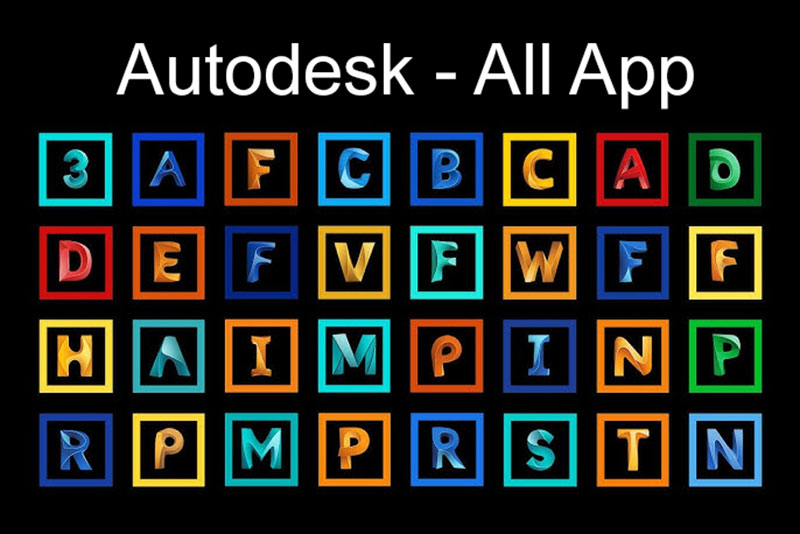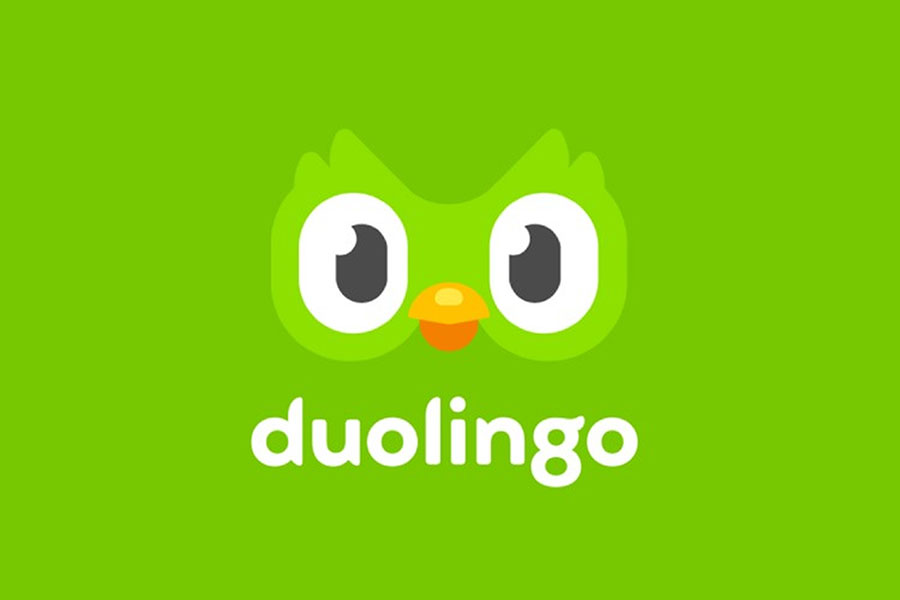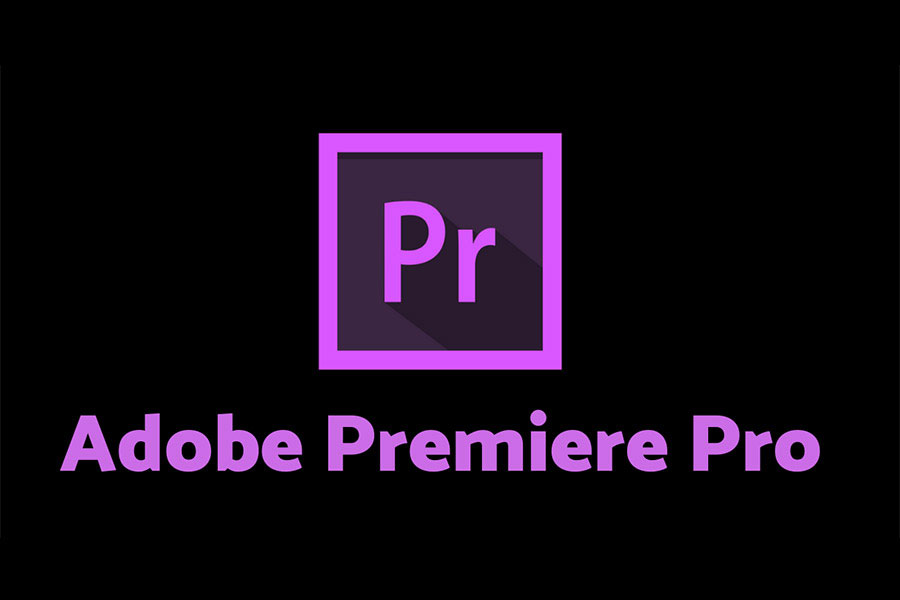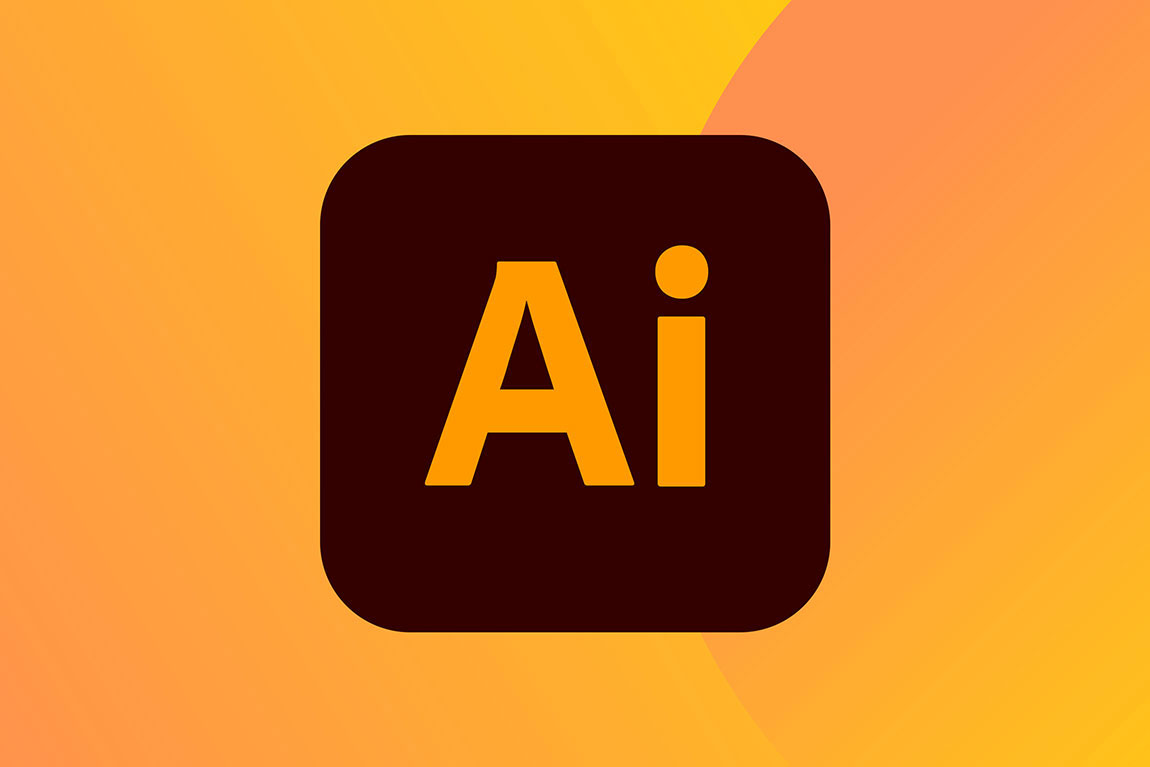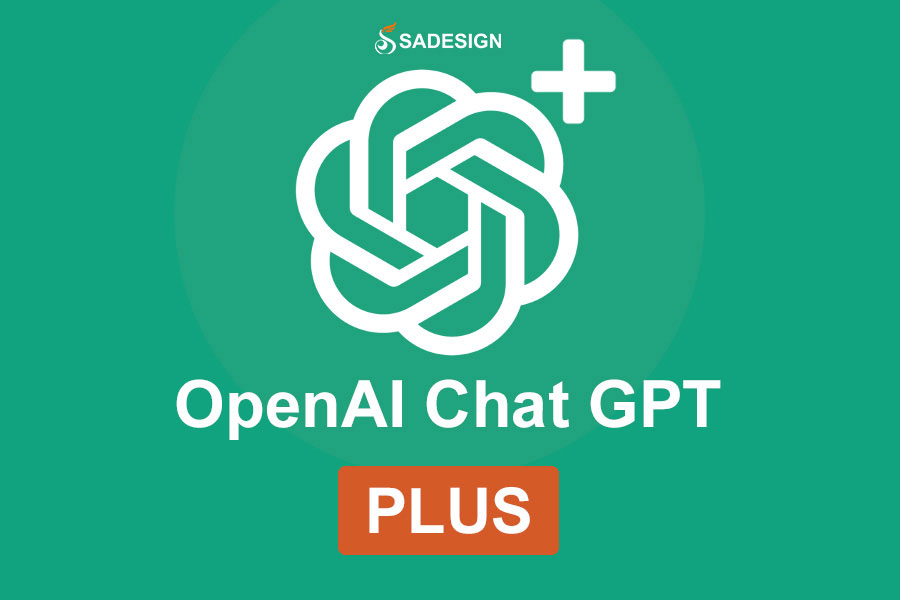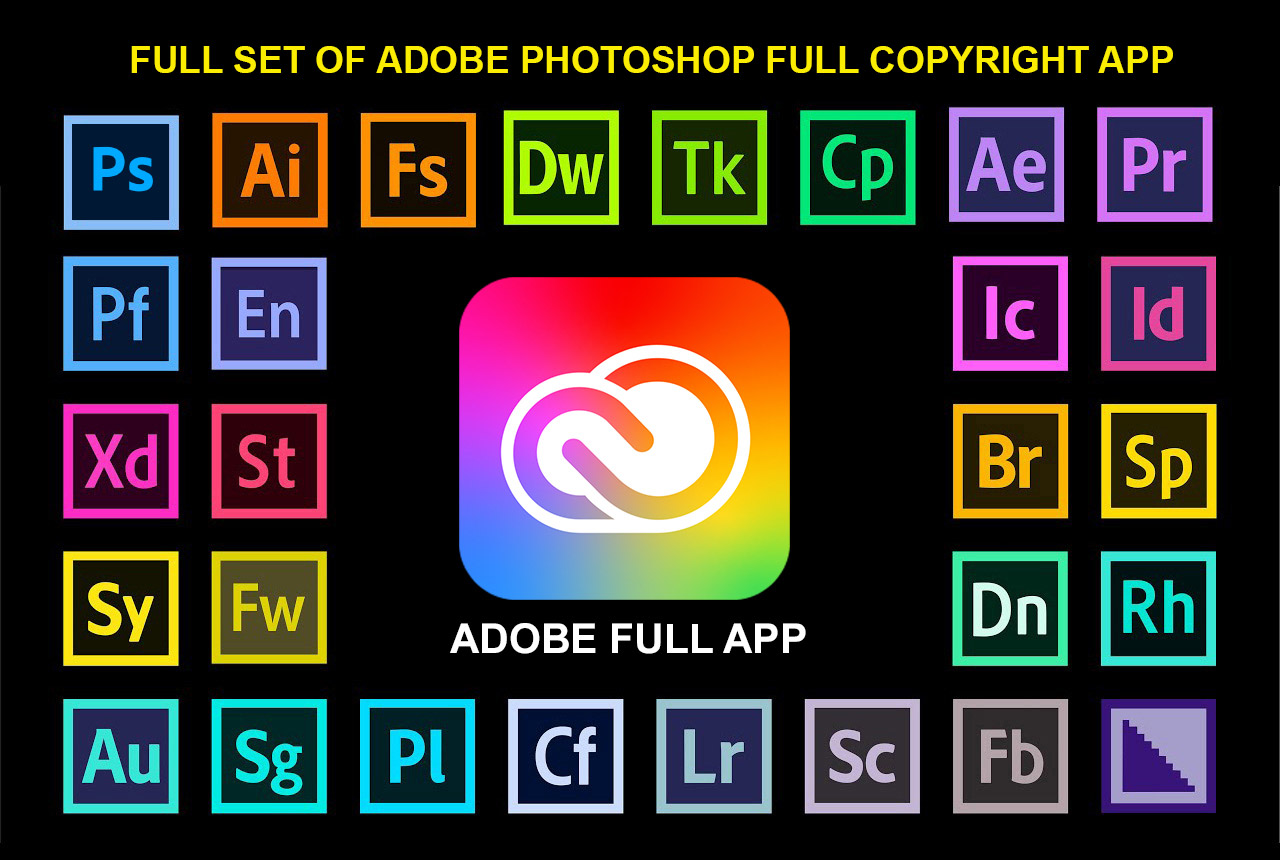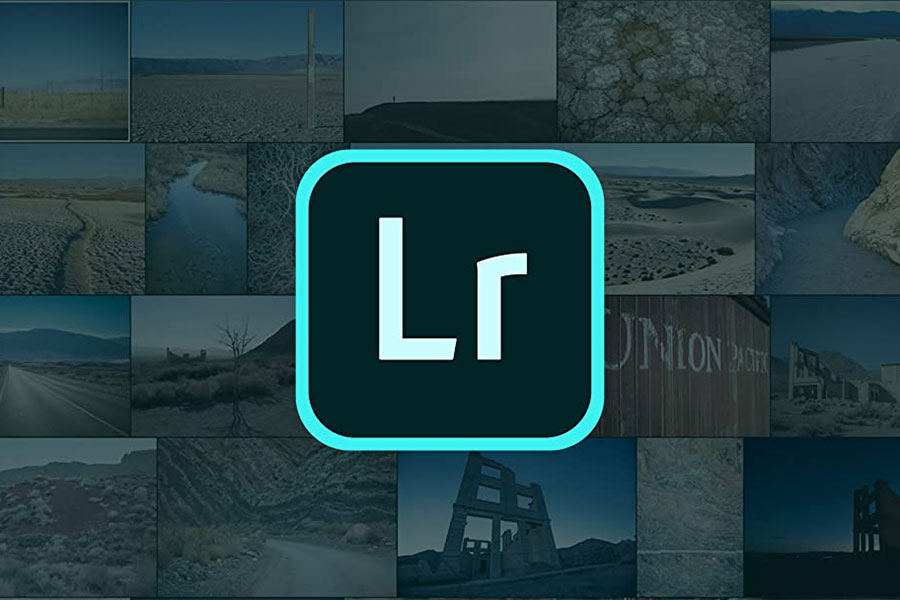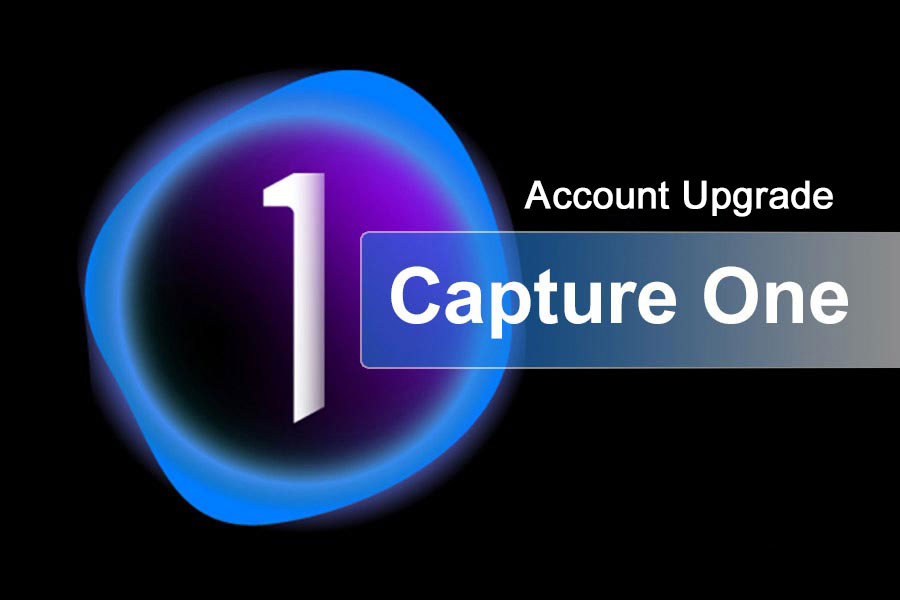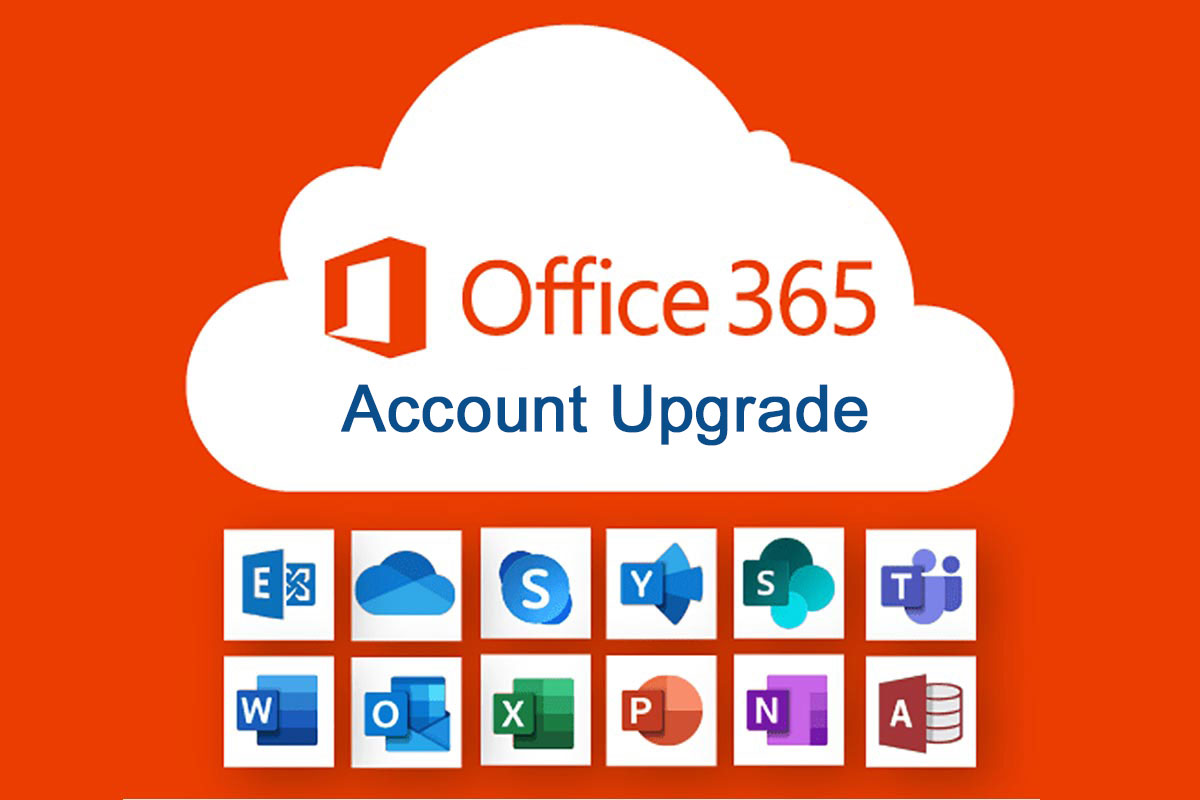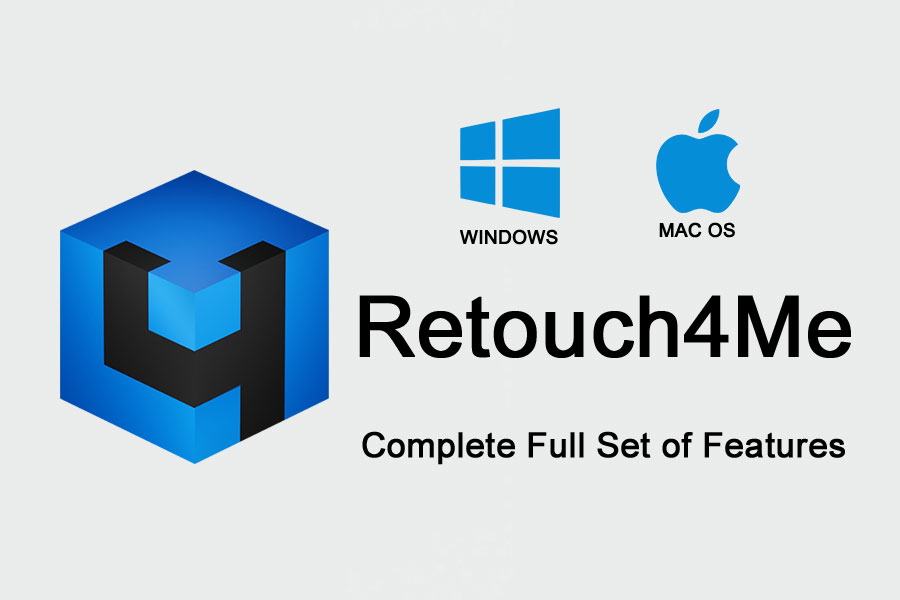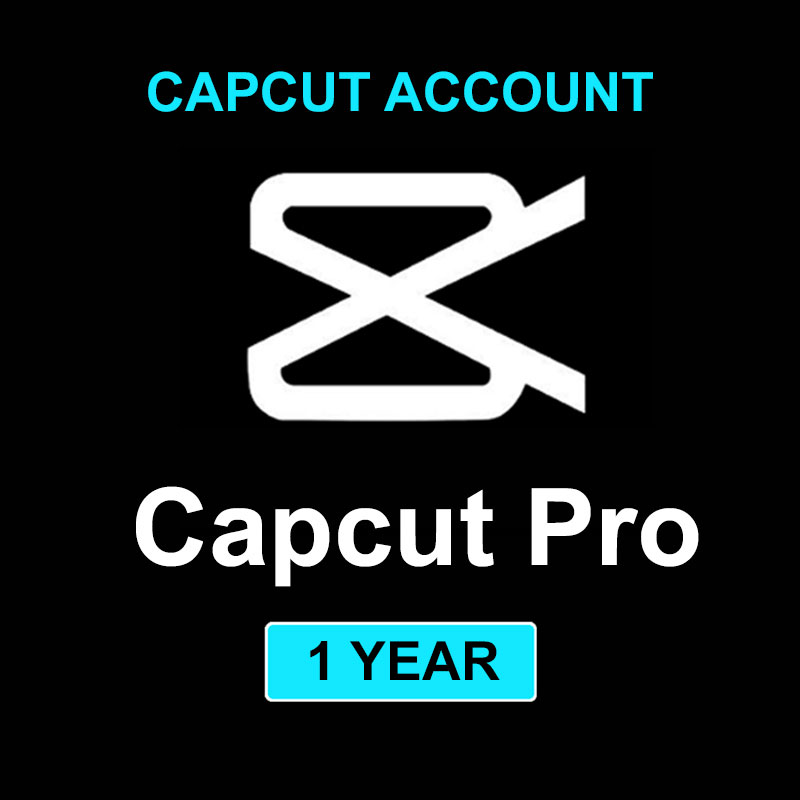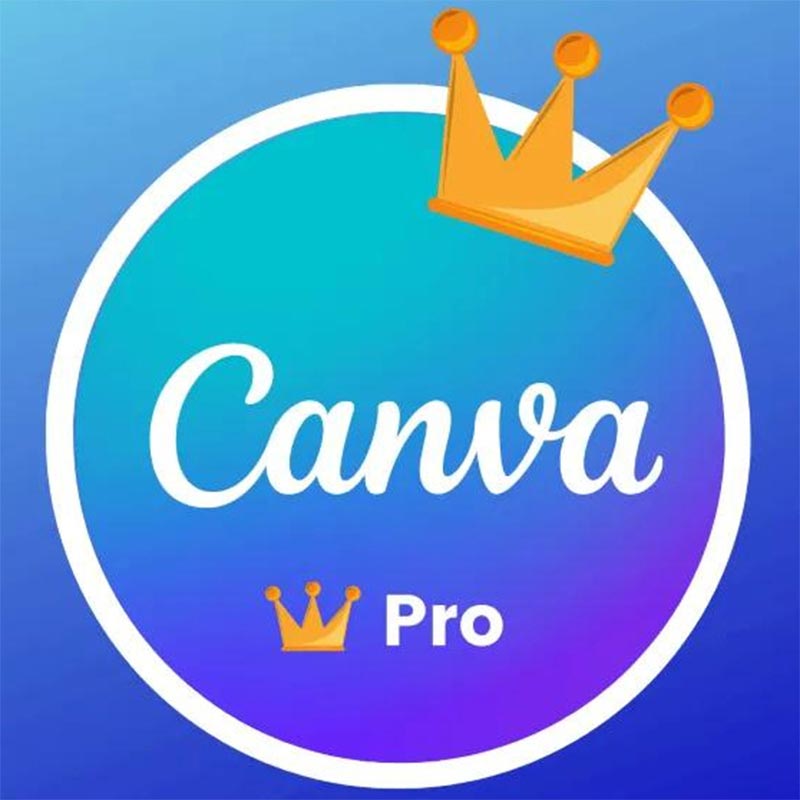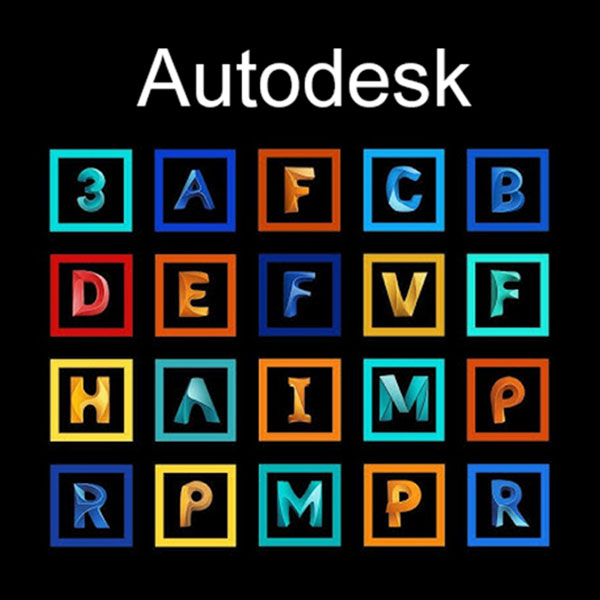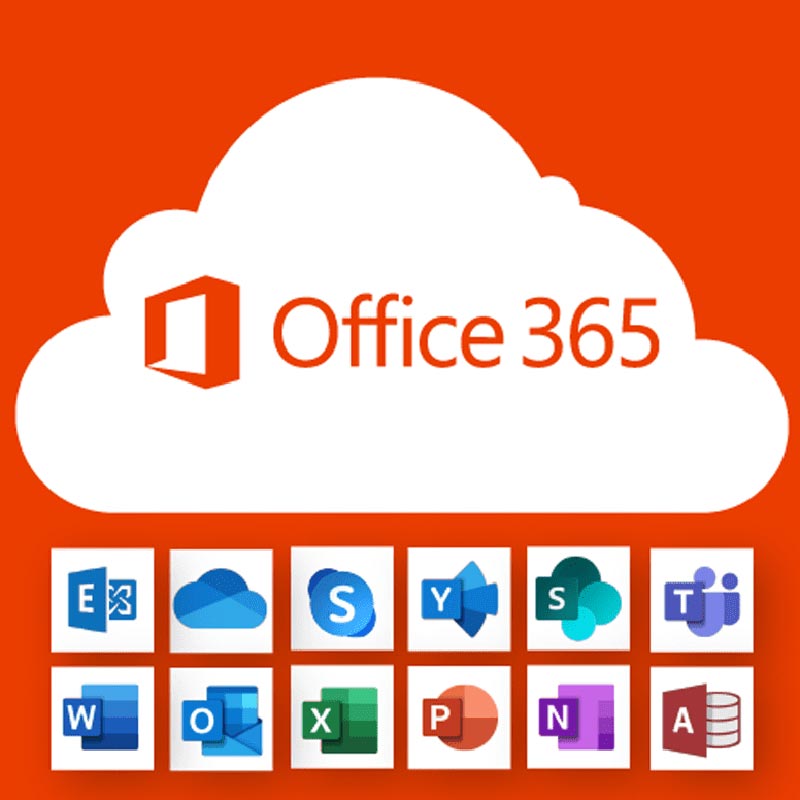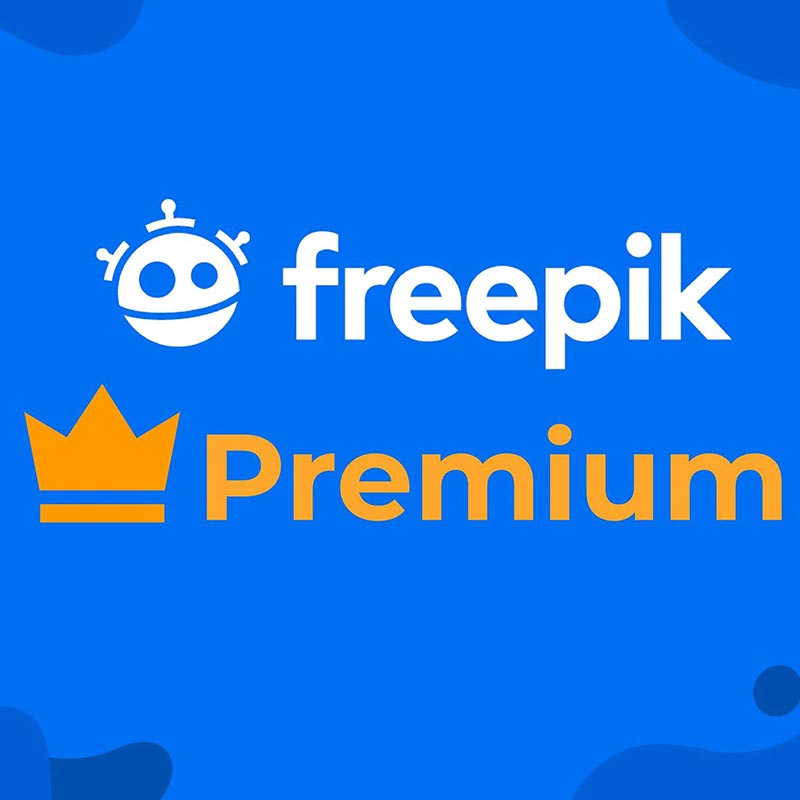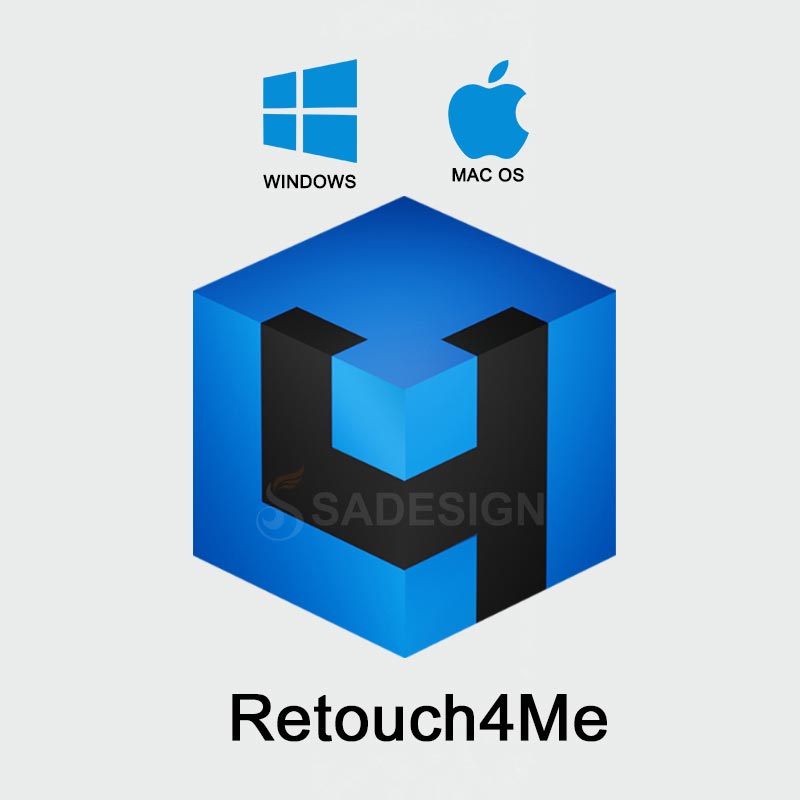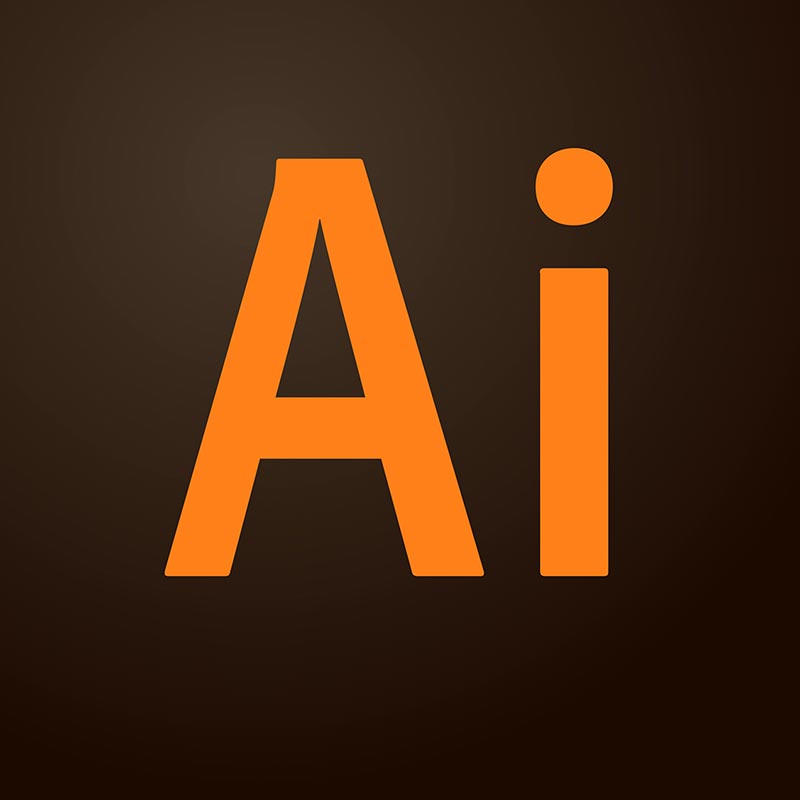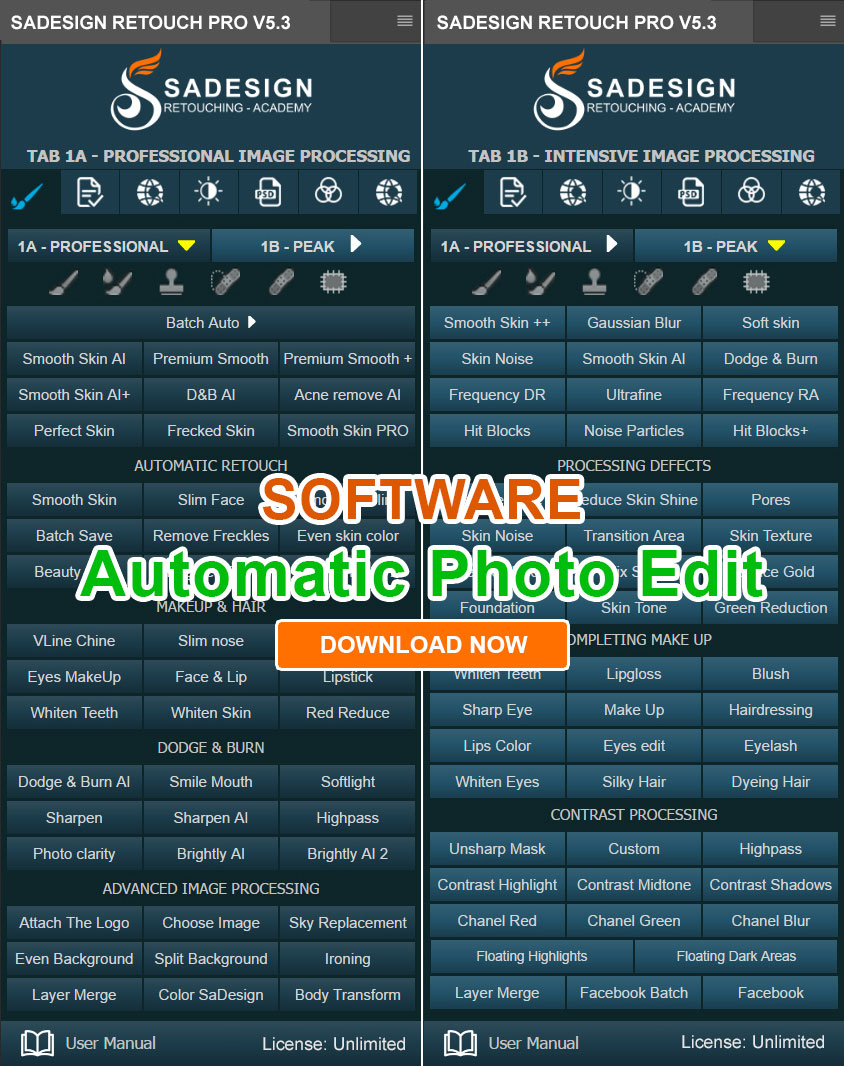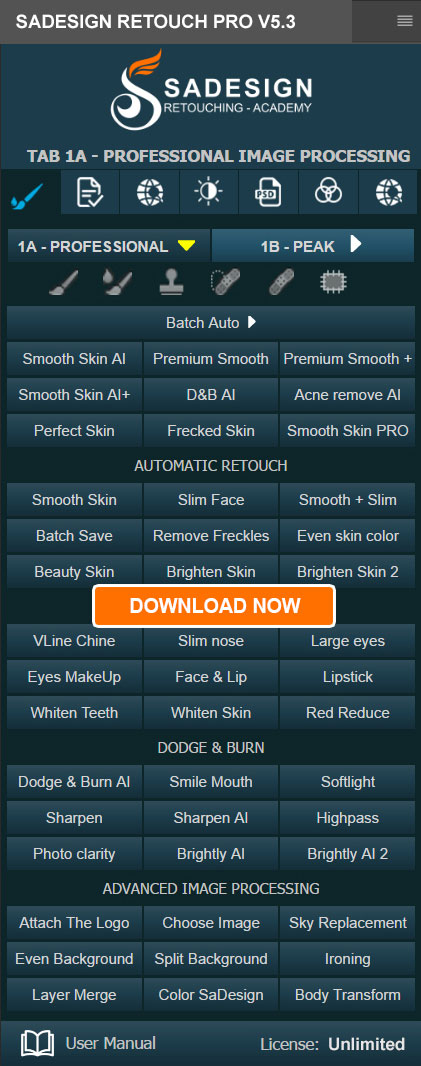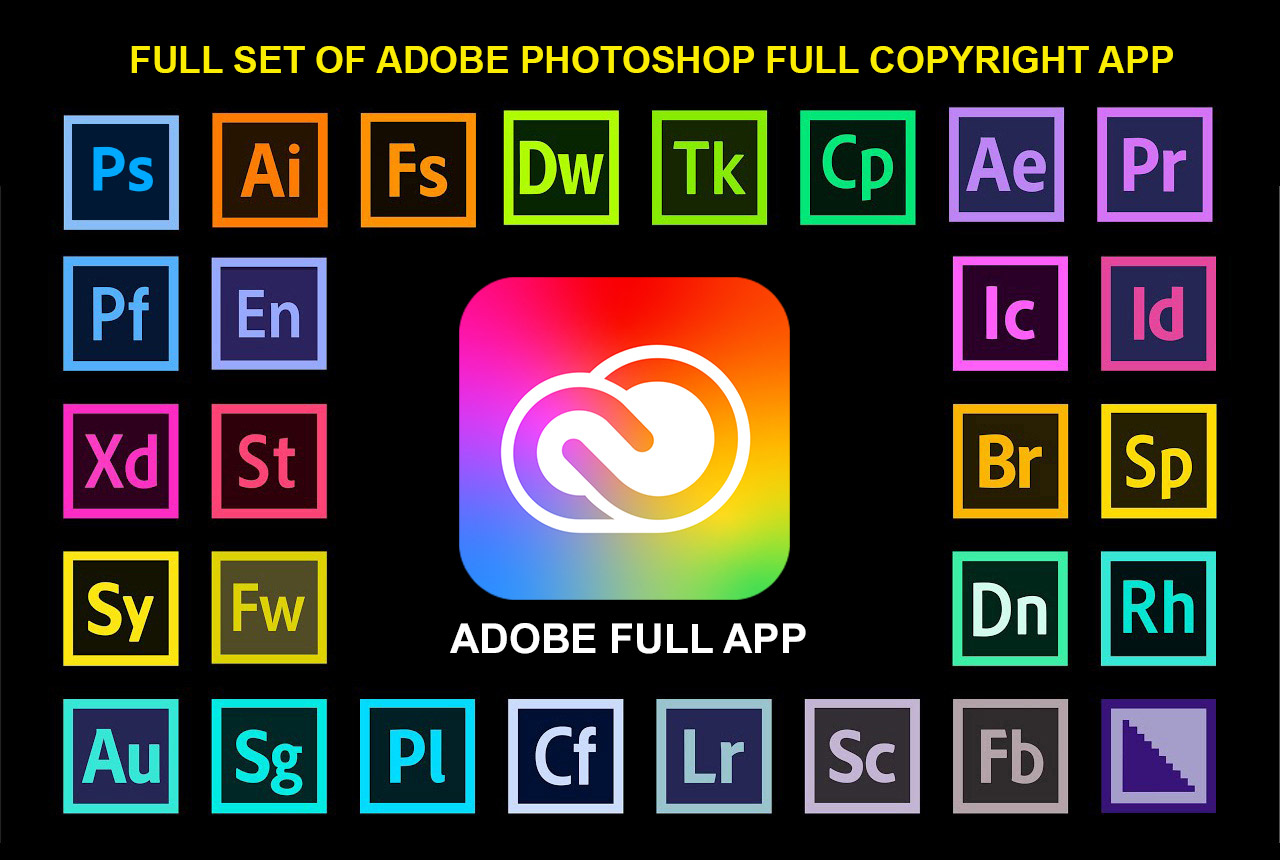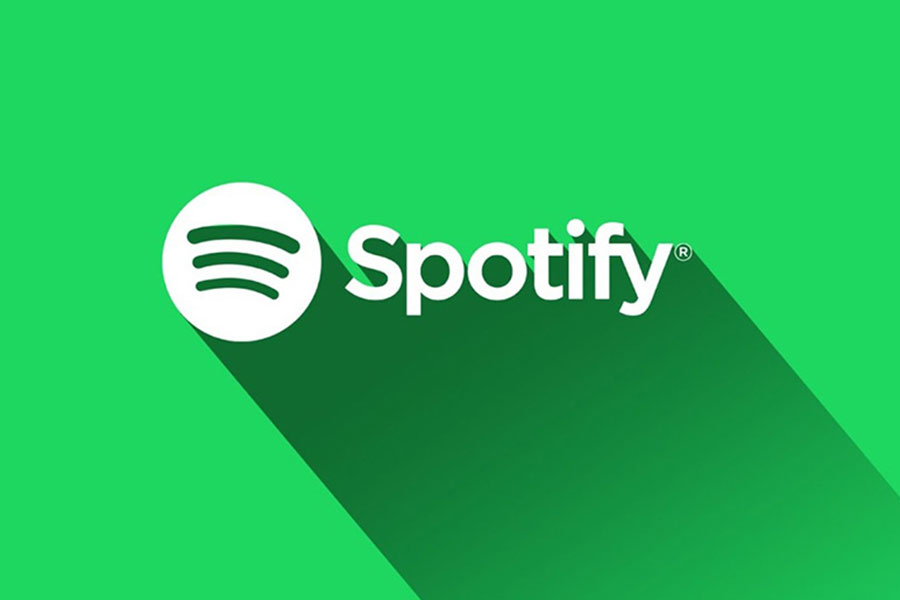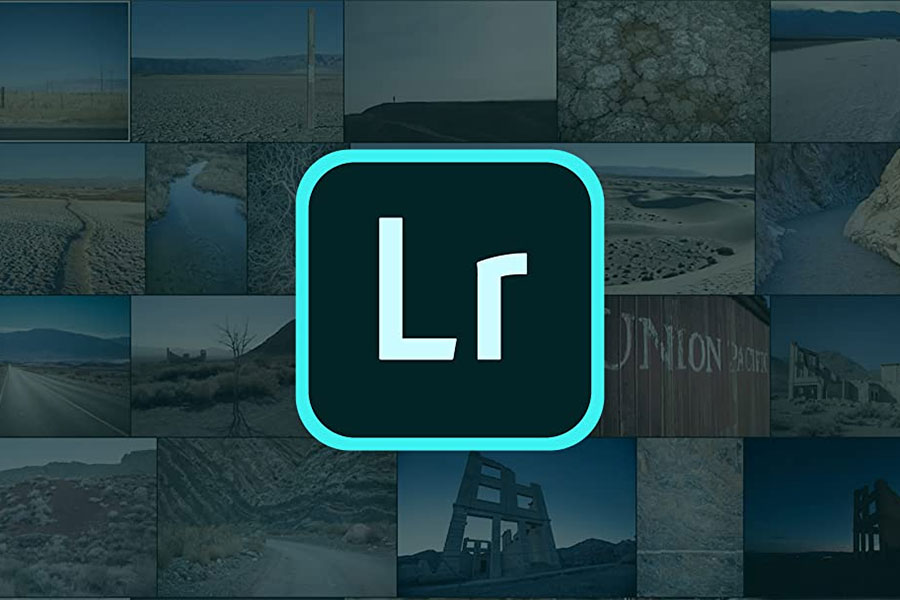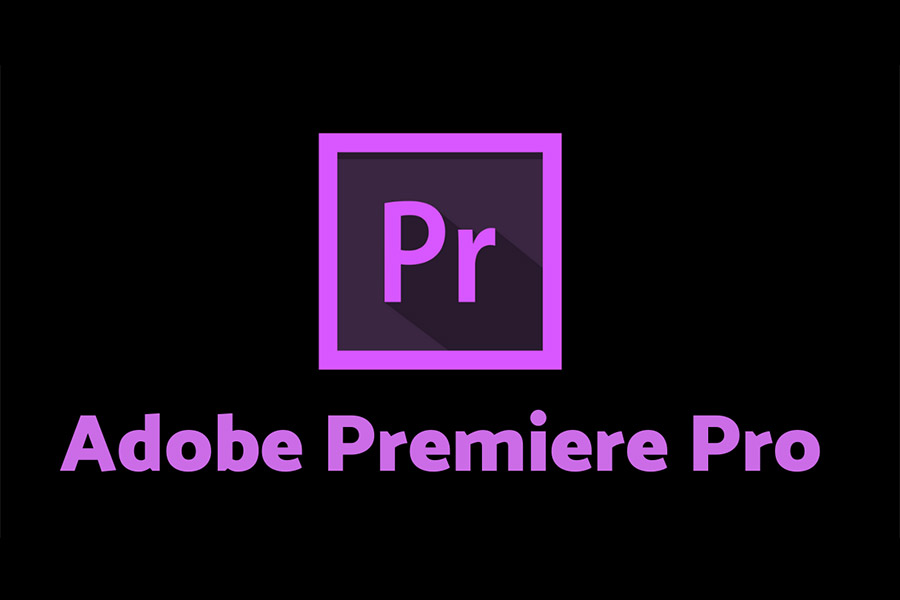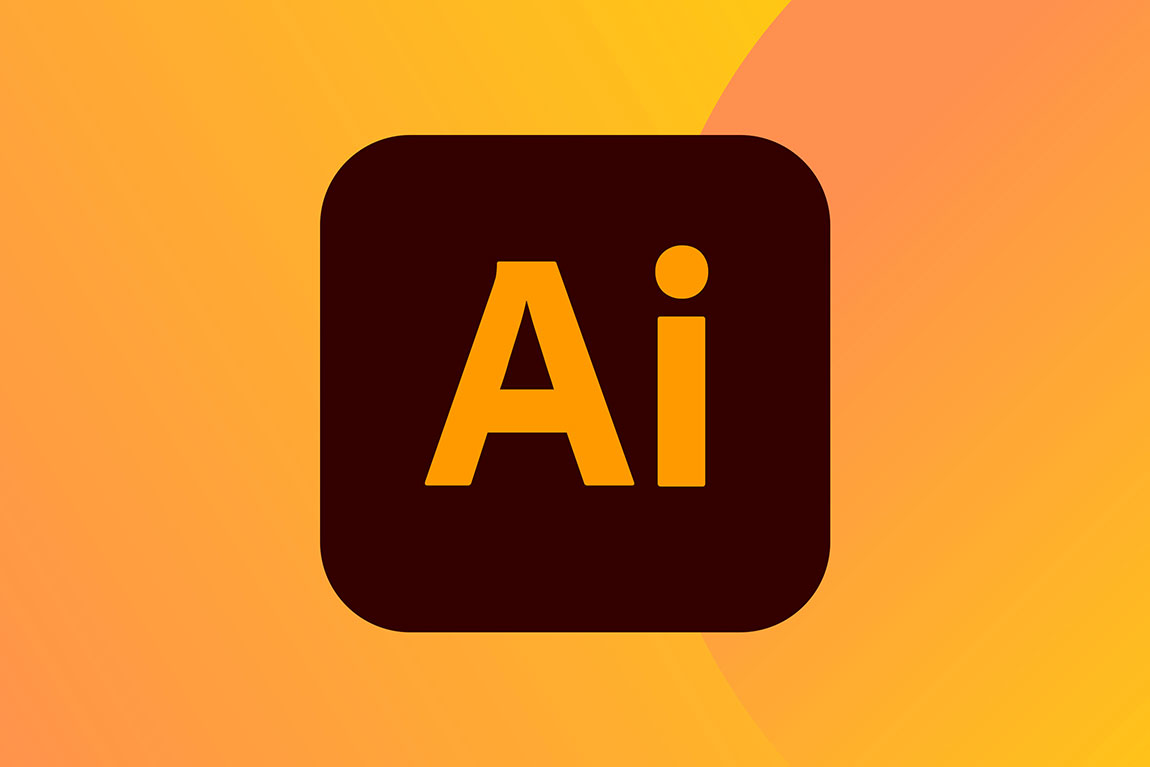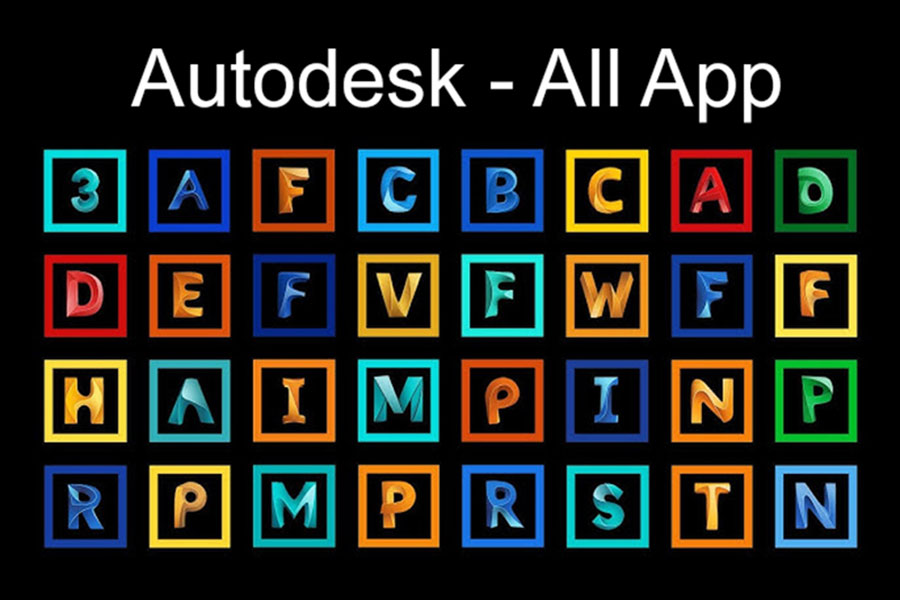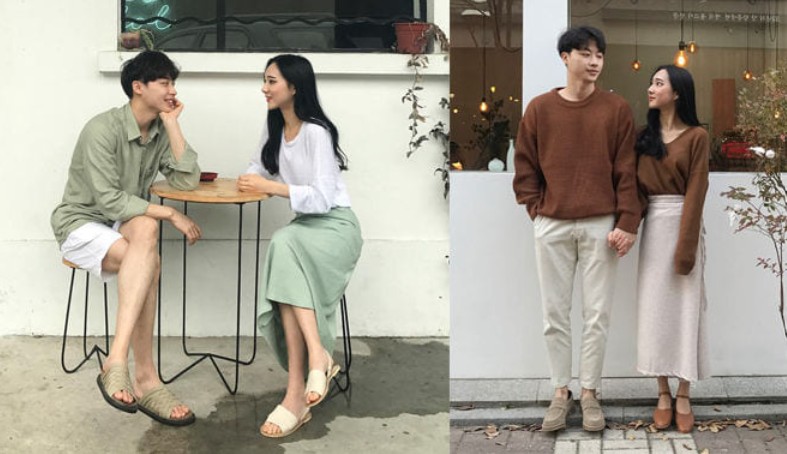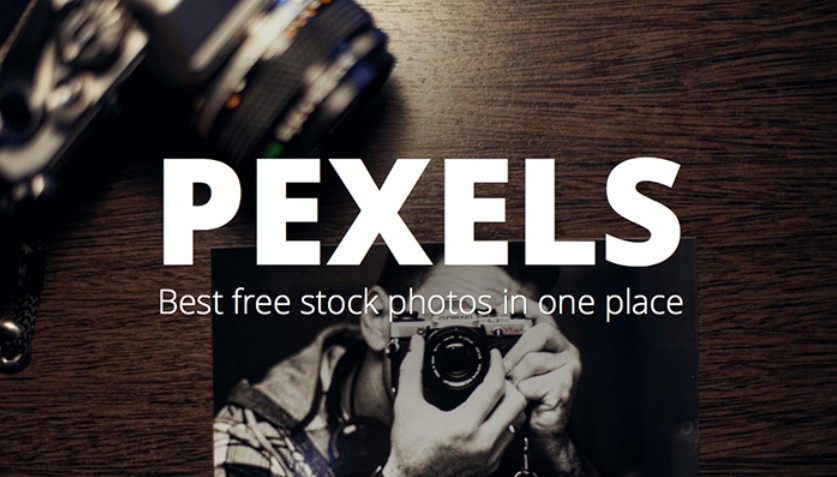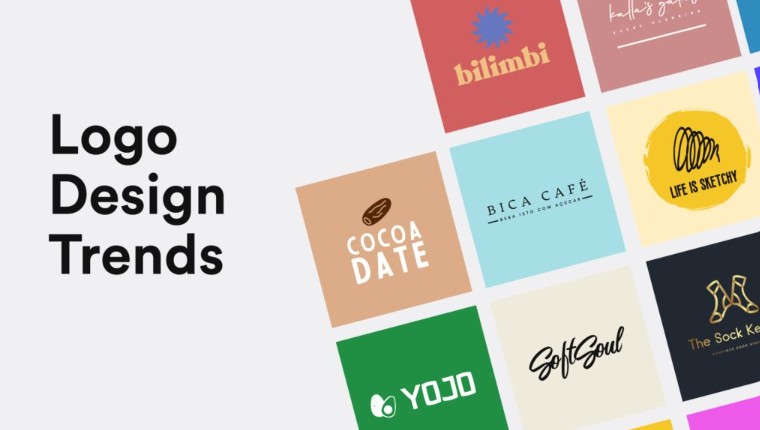Best Selling Products
Discover the Top UI/UX Trends That Will "Reign" in 2025
Nội dung
Discover how modern designers are combining technology with emotion to create inspiring and human interfaces.
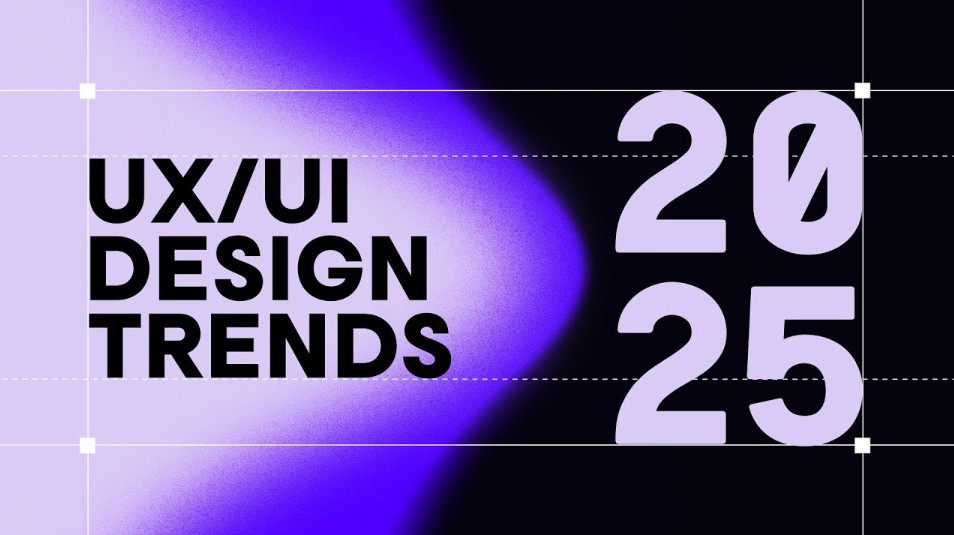
While in the past, UI/UX mainly revolved around optimizing the user journey, now the focus of design lies in the ability to blend advanced technology such as AI, XR, Low-Code/No-Code with human values such as inclusiveness, sustainability and empathy. Every design is now not just a digital product, but a part of human life, where technology is no longer distant, but becomes a companion, helping users explore, create and connect. Let's dive into the most prominent UI/UX design trends in 2025, where creativity, data and emotion are harmoniously combined to shape the future of digital experiences.
1. Low-Code/No-Code Design Tools
The first trend and one of the strongest waves in 2025 is the rise of Low-Code/No-Code design tools . This is a revolution in the way designers work, helping them create complete digital products without knowing too much about programming.
If in the past, a design idea to become a real product often had to go through many stages: from wireframe, prototype, to the hands of frontend programmers, now, designers can take on this entire process themselves with just intuitive drag-and-drop operations. The birth of platforms like Framer or Wix Studio has turned this seemingly impossible thing into reality.
Framer allows users to create dynamic websites in just a few hours, with smooth animations, flexible responsiveness, and built-in SEO optimization. Meanwhile, Wix Studio offers a highly customizable web design experience, supporting easy creation of layouts and interactive elements without writing code.
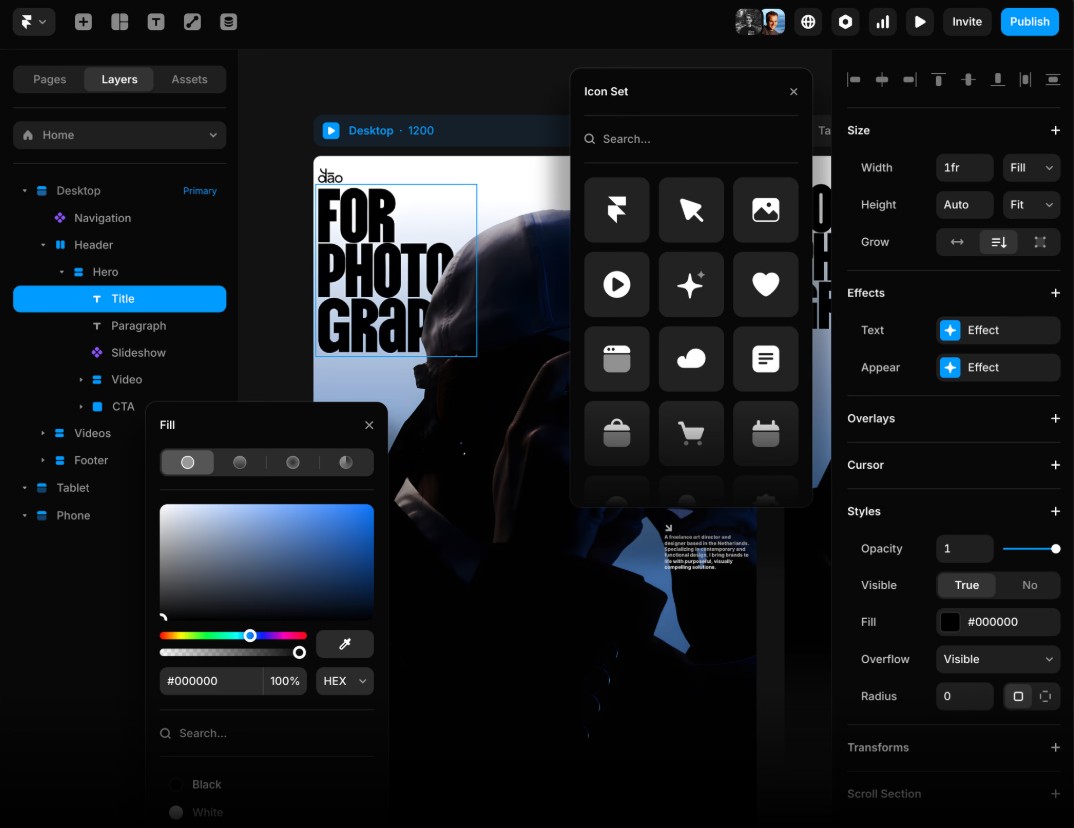
The popularity of the Low-Code/No-Code trend not only saves time and costs, but also opens up a “de-programming” era for the design industry. Creators can now focus more on conveying ideas, emotions and user experience values, instead of being constrained by technical limitations.
In the near future, these platforms will not only support the creation of simple websites or applications, but will also be able to handle more complex functions, such as dynamic data, 3D effects or real-time interactions. Low-Code/No-Code is becoming an important platform in the journey of democratizing technology.
2. AI Applications in the Design Process
There is no denying that AI (artificial intelligence) is radically changing the way UI/UX designers approach their work. If AI was previously just a support tool, by 2025 it will have become a true creative partner in the design process.
AI not only increases productivity but also improves product quality through its ability to analyze and learn from user data. By tapping into vast amounts of information about behavior, habits, and preferences, AI can recommend layouts, colors, and interface structures that best suit each audience group.
Tools like ChatGPT , Midjourney , and Runway are being deeply integrated into the design process. ChatGPT helps designers create natural and personalized UX content while supporting creative thinking during the ideation phase. Midjourney allows for the creation of illustrations, layouts, or moodboards from just text descriptions, saving designers hours compared to traditional methods. Meanwhile, Runway supports video editing, transitions, and AI-powered effects, making the presentation of ideas more intuitive and vivid.
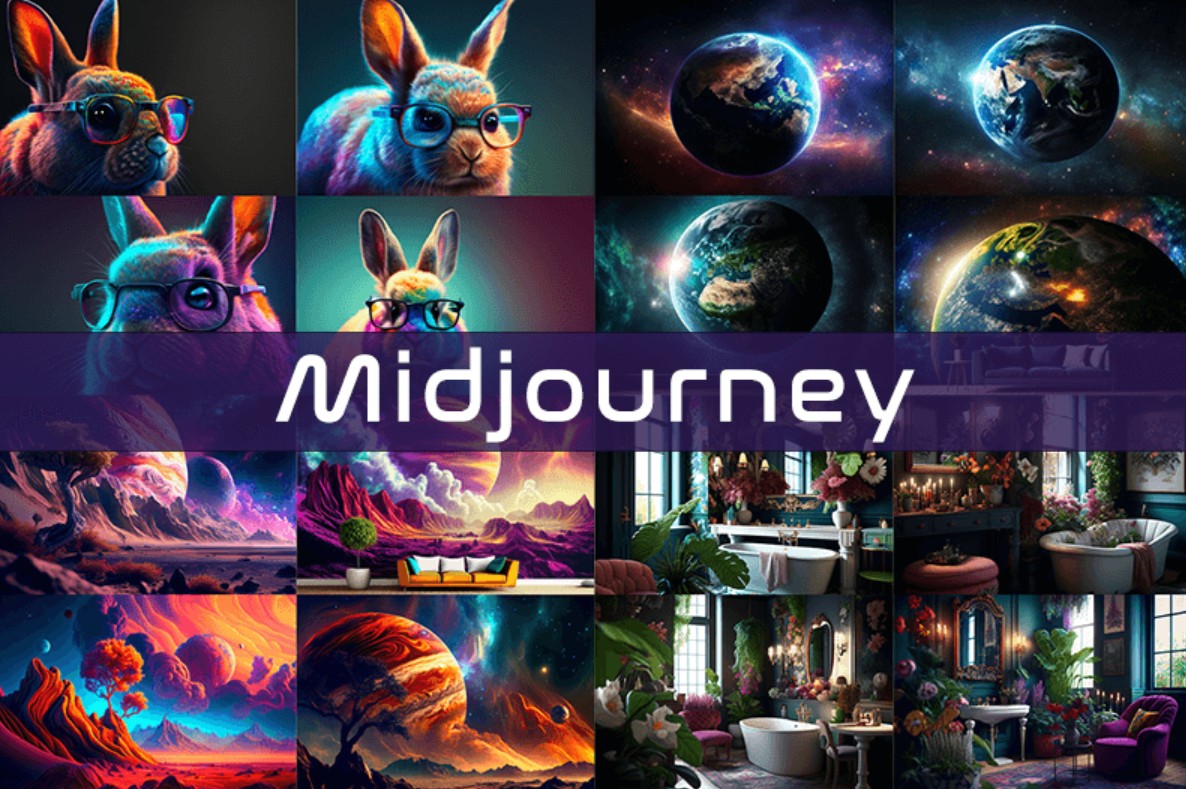
It is important to note that AI does not replace humans in creativity. On the contrary, it frees humans from repetitive tasks, so they can focus more on the “art” part of design.
In the future, the combination of AI and UI/UX will not only help optimize the interface but also open up the possibility of creating adaptive UX experiences.
3. Inclusive Design
In an age where diversity is valued, inclusive design has become a core value of every digital product. Going beyond “making it usable for everyone”, inclusive design aims to create empathetic experiences that respect individual differences.
Inclusive Design begins with the understanding that not all users have the same abilities, the same conditions, or the same way of interacting with a product. Good design ensures that no matter who the user is: disabled, elderly, or language barrier, they can still use the product naturally, conveniently, and fully.
The advancement of voice control, gesture recognition and artificial intelligence technology has made this goal more feasible than ever. Devices like the Apple Watch allow users to perform operations with just hand gestures without touching the screen, while Huawei 's device ecosystem supports seamless voice control, making it easy for users to manage multiple devices without any hassle.
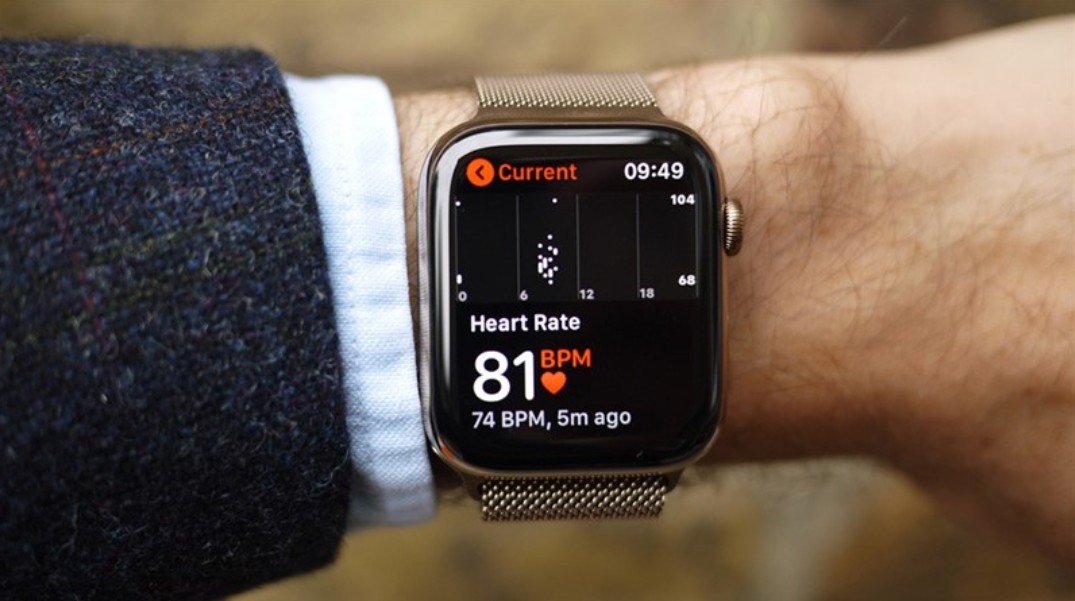
Inclusive design not only benefits people with disabilities, but also improves the overall experience for all users. An easy-to-understand interface with high contrast, easy-to-read fonts, or a flexible layout helps people interact more effectively.
In 2025, major brands will consider inclusivity as a measure of humanity in design. Because a product is only truly successful when it serves everyone, not just a specific group of people.
4. Immersive 3D và Motion Design
User experience is increasingly enhanced by Immersive 3D and Motion Design , two elements that bring depth and emotion to digital interfaces.
Unlike traditional flat design, 3D design makes the interface more vivid and closer to the real world. When users can feel the buoyancy, movement or light in the interface, they will tend to be more attached to the product. The appearance of tools such as Rive , Spline or Lottie allows designers to create flexible movements, optimize performance while still ensuring high aesthetics.
Motion Design is not just a decorative element, but a visual language of communication between a product and its user. A button that vibrates when pressed, an icon that moves subtly when a task is completed, or a smooth animation when transitioning between pages.
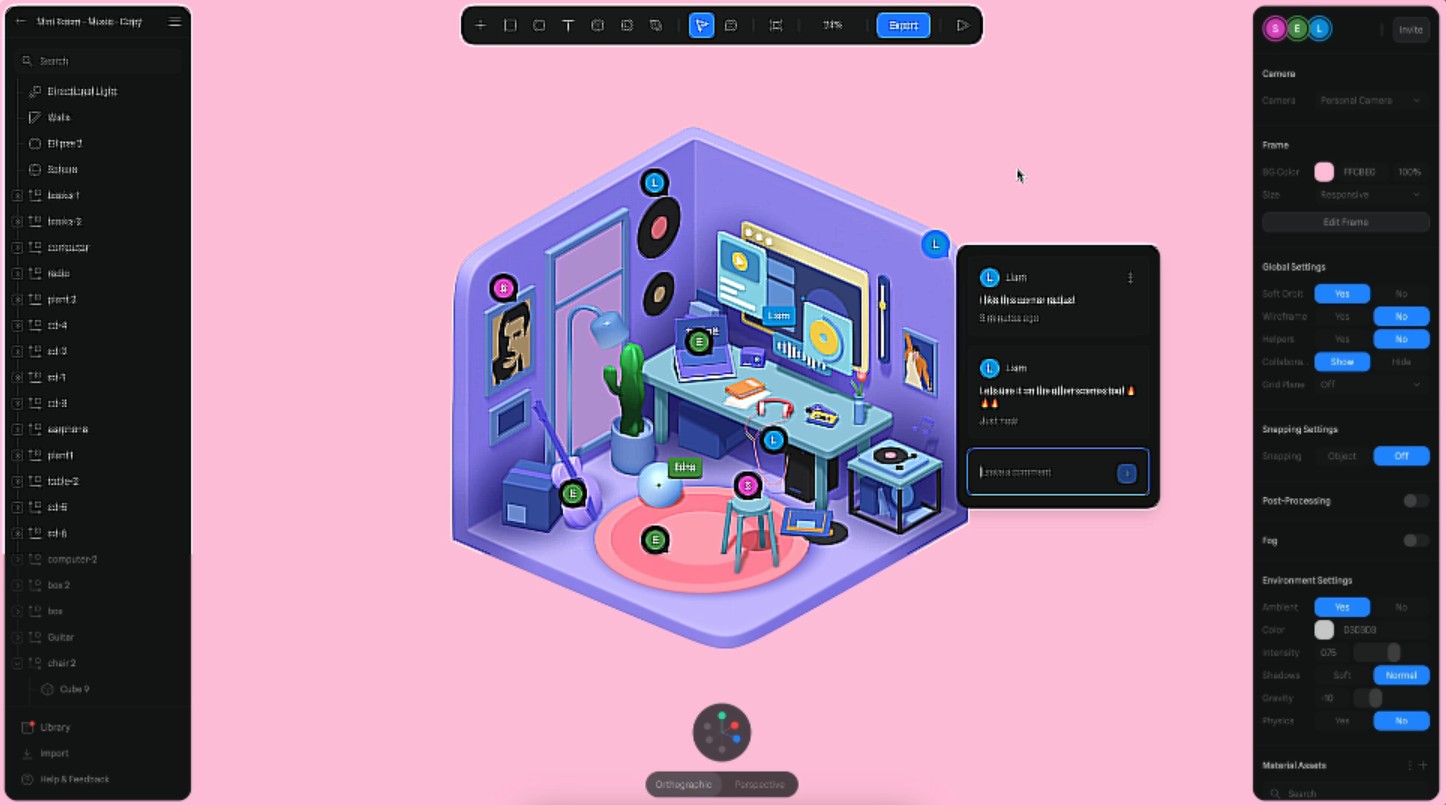
With the development of hardware and network speed, 3D design and Motion Design can now be widely applied without losing performance. In 2025, digital products will move towards immersive experiences, where users not only see, but also “feel” the product through motion and visual depth.
5. Minimalism with Extended Reality (XR) Technology
Extended Reality (XR) technology , including AR, VR and MR, is entering a mature stage of development. From being a tool for technology demonstration, XR is now becoming a more minimalist and practical means of experience than ever before.
In 2025, XR designs focus on minimizing visual distractions and optimizing user focus. Fuzzy, complex effects are replaced by subtle visual overlays, natural background sounds, and gentle yet effective interactions.
The launch of Apple Vision Pro and Meta Ray-Ban glasses has opened a new generation of XR devices that are friendly, easy to use and closer to daily life. Users do not need to "immerse" in the virtual world but can combine the real and digital worlds in a harmonious way.

Future XR designs are moving towards a “less is more” philosophy. This not only increases accessibility but also feels natural and comfortable, allowing technology to blend into our lives rather than overwhelm them.
6. The Combination of Packaging Design and App/Web Design
One of the most exciting trends of 2025 is the intersection of the physical and digital worlds through the combination of product packaging design and digital interface design.
Today, as the brand journey unfolds both online and offline, it is more important than ever to maintain consistency in imagery, tone, and style. Brands like SuperYou and Tony's Chocolonely have excelled at this trend by using the same visual language.
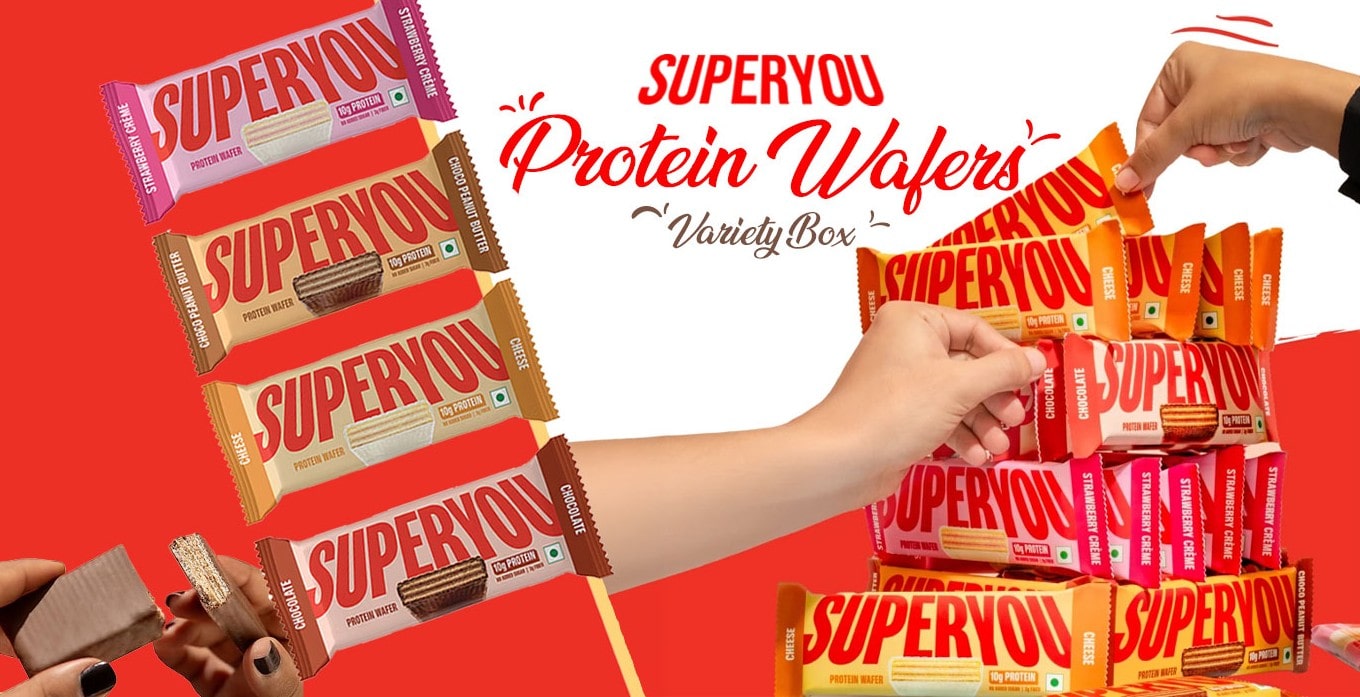
Packaging design is no longer just a visual story about a product, but a gateway to a digital experience. In turn, UI/UX elements like layout, motion, and brand tone are brought back into the physical space, helping users feel seamless at every touchpoint.
This combination shows a shift in brand design thinking: from creating single products, to creating a comprehensive, unified and emotional experience ecosystem.
7. Sustainable Design
The rapid development of technology brings with it increasingly greater environmental challenges. Therefore, Sustainable Design has become an indispensable element in modern UI/UX philosophy.
Sustainable design aims to optimize performance, minimize energy consumption, and limit resource waste. Designers are increasingly focusing on creating websites that are lightweight, fast, with few heavy images and less unnecessary data. This not only reduces carbon emissions but also improves user experience, especially in areas with slow internet speeds.
Pioneering brands like Ecosia and Patagonia have proven that design can simultaneously serve the user experience and protect the planet.
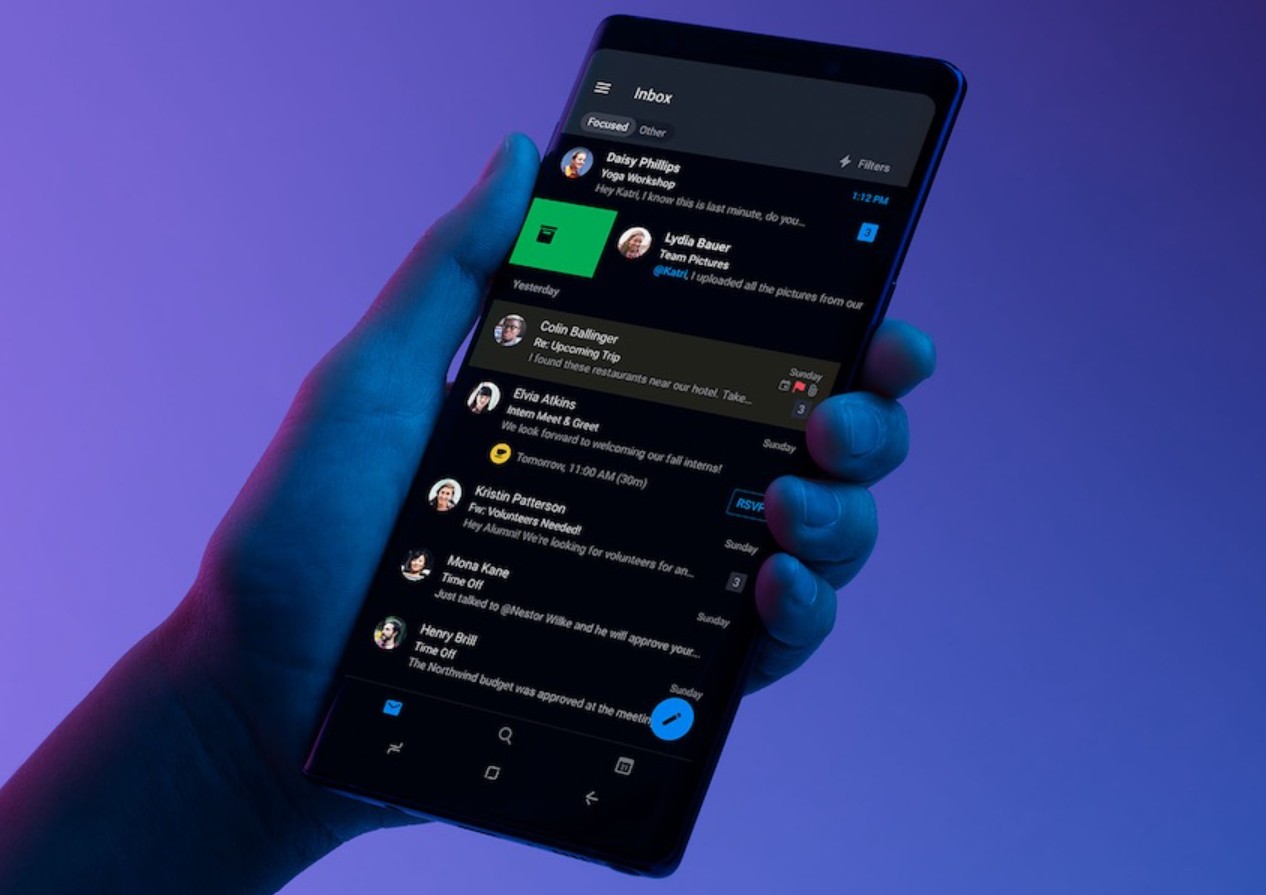
Dark Mode , digital minimalism , and low-energy UX strategies are becoming the new norm in design. In 2025, design will not only be beautiful and functional, but also environmentally and socially responsible.
8. Hyper-Personalization
In the data age, users expect to be treated as unique individuals . This is the foundation of the Hyper-Personalization trend .
Based on artificial intelligence, big data and machine learning, digital products are increasingly understanding users. Interfaces, content and features are customized according to habits, emotions, time of day or even geographic location.
A good example is Spotify , where the app automatically suggests playlists that match the user's mood and time, or Airbnb , where the system displays different search results based on browsing history, budget, and personal travel style.
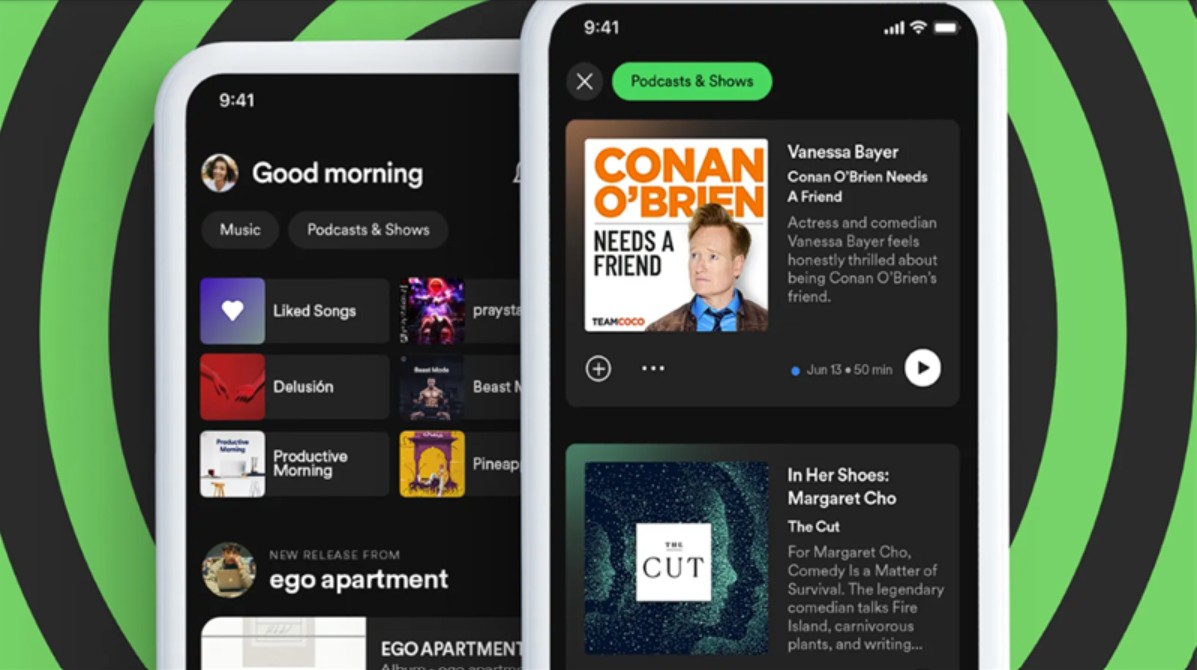
This trend makes products more “friendly” and “humanized”, bringing a sense of understanding and appreciation to each user. However, besides the benefits, personalization also poses challenges in terms of privacy and data ethics. Each trend, whether Low-Code/No-Code, AI, Inclusive Design or Sustainability, aims at a single goal: helping people interact with technology in a more natural, meaningful and emotional way.
